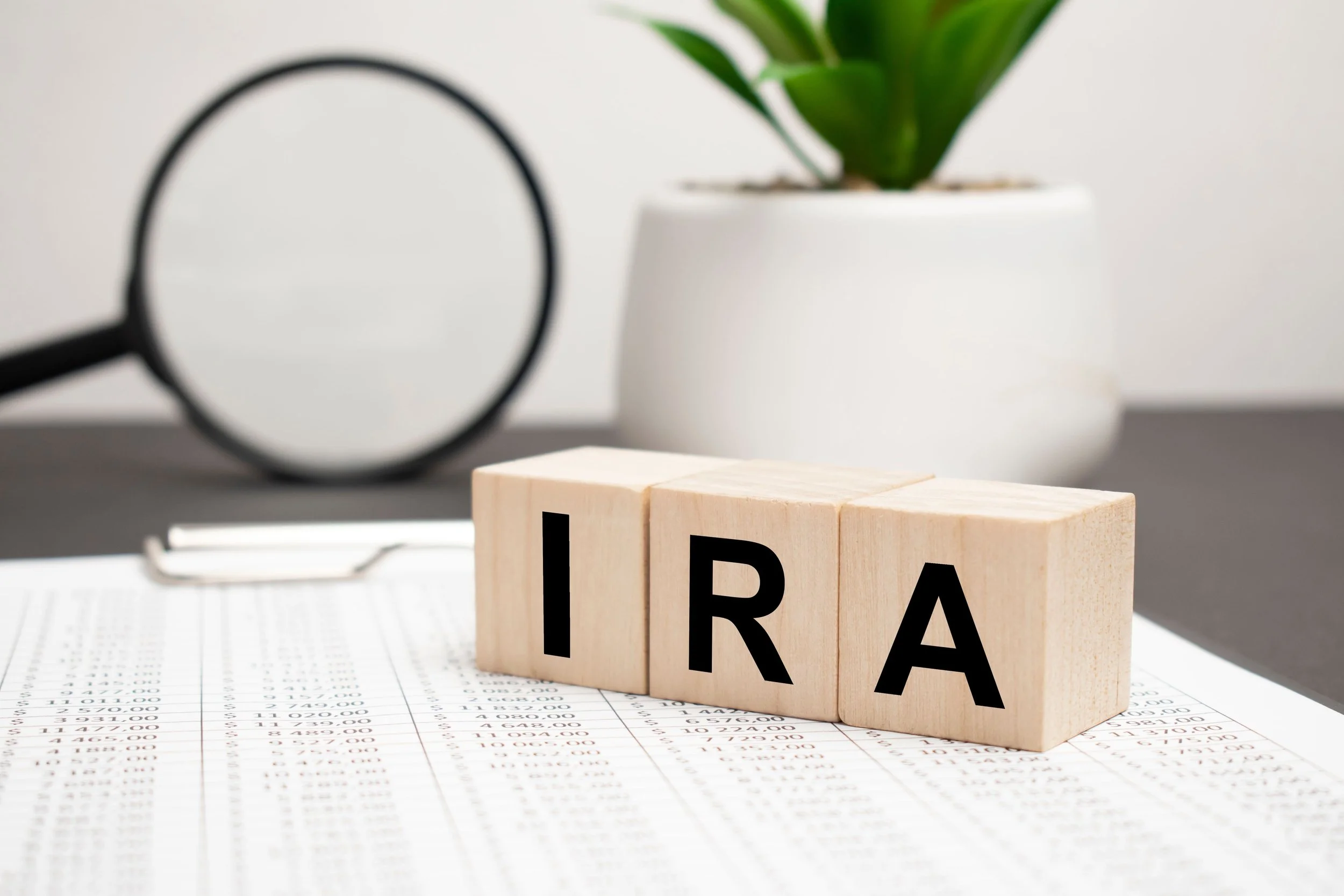A Time for High-Yield Bonds
Now is the right time to consider an increased allocation to high-yield bonds.
An investment portfolio is typically constructed as a combination of equities and fixed income securities, allocated as appropriate given an investor’s objectives, risk tolerance, and time horizon. In the fixed income portion of an allocation, high-yield bonds, also referred to as “junk bonds,” comprise debt issued by companies that are rated below investment grade and are generally not as safe in terms of repayment as a stalwart company like Apple or Amazon in the event of economic turmoil.
The trade-off is that high-yield bonds, as the name suggests, tend to offer meaningfully higher yields than do investment-grade bonds. That being the case, a deliberate risk/return assessment is necessary to determine the appropriate allocation for such bonds in the context of strategic and tactical market considerations.
Current economic and financial factors may warrant an increased allocation toward high-yield bonds, compared to recent history. One reason is that junk bonds are offering relatively high yields, currently at 7.88% as measured by the ICE BofA US High Yield Index effective yield, compared with the past ten-year average yield of 6.52%. This elevated yield is available despite the fact that the odds of a recession (which may cause an increase in bond defaults) in 2024, as measured by a recent Oxford global risk survey, stand relatively low at 7.2%.
Furthermore, an anticipated upcoming decrease in interest rates should lead to an increase in the prices of bonds, since a bond’s price movement is inversely correlated with its yield. Currently, the Federal Open Market Committee projects three 25-basis-point interest rate cuts in 2024. These factors potentially point to a positive outlook for high-yield bonds, from the perspective of both current yield and near-term price movement.
- Tony Winkels is Managing Partner and Wealth Advisor at Fortis Wealth Management



